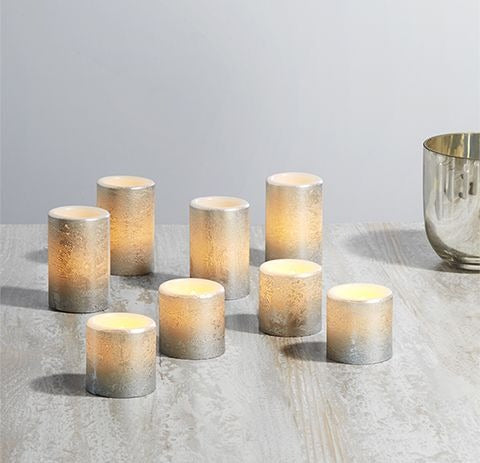
Color Temperature: Everything You Need To Know
August 31, 2023
Lighting Expert, @lightsdotcom
Lighting Just Right
Both the natural and the artificial sources of light present in your home influence its color palette and ambiance. You can manipulate the light’s effect in each room by selecting a bulb that matches the color temperature that suits your desired outcome.
What is color temperature, anyway?
Color temperature is measured in Kelvin (K) - lower numbers represent warmer color temperatures, closer to that of a candle, while higher numbers are cooler and indicative of a light that more closely resembles bright daylight.
Select a light in the 2700-3000 range for warmer, ambient settings and 3000-4000 for clean, crisp task lighting.

Suit Your Mood
2700K: Ambient, cozy, for social spaces, ie: living room
3000K: Calming, warm, for social spaces, ie: living room, dining room
3500K: Friendly, inviting, for kitchen, bath, hallways, hospitality, office interiors
4000K: Crisp, clean, for garage
5000K: Vibrant, direct sunlight, for commercial, industrial

Q&A: Submit your question
All questions are answered within 24 hours.
Other Stories You'll Love

How Lighting Affects Your Home’s Paint Color
Why do your navy blue walls look black at certain times of day? And why does a normally white room appear yellow in the evenings? If you’ve ever experienced these perplexities, you can attest to how much light can affect our perception of color.

How To Choose And Install Wall Sconces
Wall sconces serve a variety of purposes. From adding a layer of flattering ambient light, compensating for where the overhead lighting doesn’t reach or isn’t an option, or even to establish a specific decorative or design effect, sconces are a flexible, stylish addition to most spaces.
